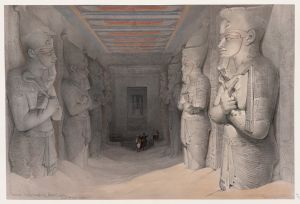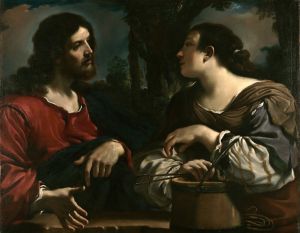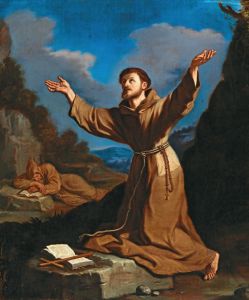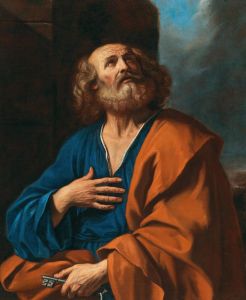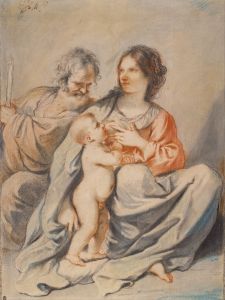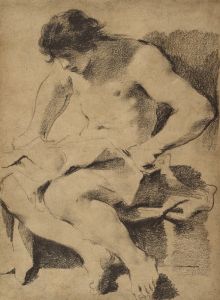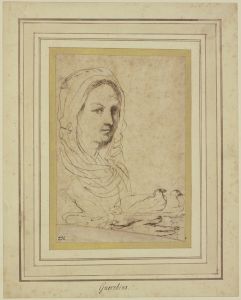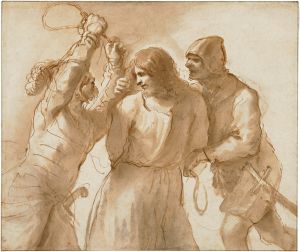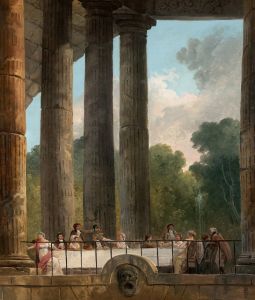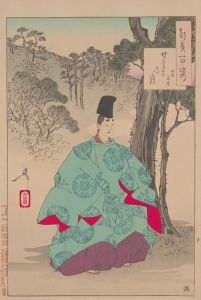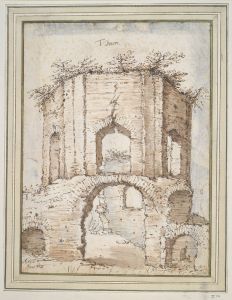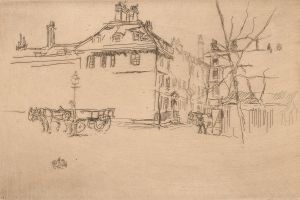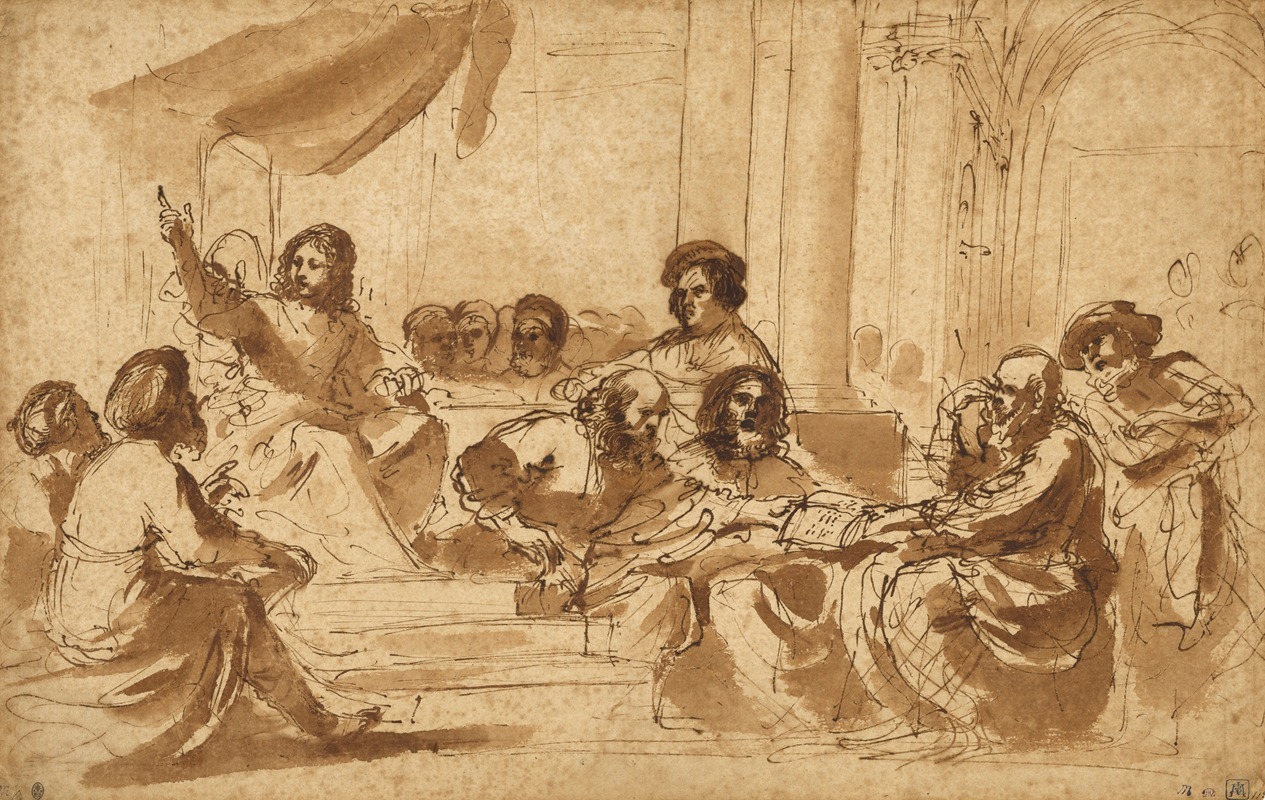
Christ Preaching in the Temple
A hand-painted replica of Guercino’s masterpiece Christ Preaching in the Temple, meticulously crafted by professional artists to capture the true essence of the original. Each piece is created with museum-quality canvas and rare mineral pigments, carefully painted by experienced artists with delicate brushstrokes and rich, layered colors to perfectly recreate the texture of the original artwork. Unlike machine-printed reproductions, this hand-painted version brings the painting to life, infused with the artist’s emotions and skill in every stroke. Whether for personal collection or home decoration, it instantly elevates the artistic atmosphere of any space.
"Christ Preaching in the Temple" is a painting by the Italian Baroque artist Giovanni Francesco Barbieri, known as Guercino. Guercino, whose nickname means "the squinter" in Italian, was an influential painter of the 17th century, renowned for his dynamic compositions and expressive use of light and shadow. He was born in Cento, Italy, in 1591 and became one of the leading figures of the Baroque movement, which emphasized dramatic intensity and emotional depth.
The painting "Christ Preaching in the Temple" depicts a biblical scene where Jesus is shown teaching in the temple, a subject that has been popular among artists for centuries. This scene is often associated with the story from the Gospel of Luke, where Jesus, as a young boy, is found in the temple discussing with the elders. However, Guercino's interpretation may focus on a different moment in Christ's ministry, as the exact narrative context is not always specified in the title alone.
Guercino's work is characterized by its vivid use of chiaroscuro, a technique that employs stark contrasts between light and dark to create a sense of volume and three-dimensionality. In "Christ Preaching in the Temple," this technique is likely used to highlight the figure of Christ, drawing the viewer's attention to his central role in the composition. The use of light not only emphasizes Christ's presence but also serves to convey the spiritual illumination he brings to those around him.
The composition of the painting typically involves a gathering of figures around Christ, who is often depicted in a gesture of teaching or blessing. Guercino's ability to capture the nuances of human expression and emotion would be evident in the attentive faces of the listeners, each reacting to Christ's words in a unique way. This attention to detail and human interaction is a hallmark of Guercino's style, reflecting the Baroque era's interest in realism and emotional engagement.
Guercino's career was marked by a transition from the more dynamic and dramatic style of his early works to a calmer and more classical approach in his later years. This evolution can be seen in his handling of religious subjects, where he balances the theatricality of the Baroque with a serene and contemplative mood. "Christ Preaching in the Temple" would exemplify this blend of drama and tranquility, capturing a moment of divine teaching with both intensity and grace.
The painting is part of Guercino's extensive oeuvre, which includes numerous altarpieces, frescoes, and canvases commissioned by patrons across Italy and beyond. His work was highly sought after during his lifetime, and he maintained a successful workshop that produced a significant body of work. Guercino's influence extended beyond his immediate circle, impacting the development of Baroque art in Italy and throughout Europe.
Today, Guercino's paintings are held in high regard and can be found in major museums and collections worldwide. "Christ Preaching in the Temple" is a testament to his skill as a painter and his ability to convey complex theological themes through the medium of art. The painting continues to be appreciated for its artistic merit and its contribution to the rich tapestry of Baroque religious art.






![Great gateway leading to the Temple of Karnac [Karnak], Thebes. [Title vignette, vol. 2]](/imgs/217399/s/david-roberts-great-gateway-leading-to-the-temple-of-karnac-karnak-thebes-title-vignette-vol-2-29844773.jpg)
